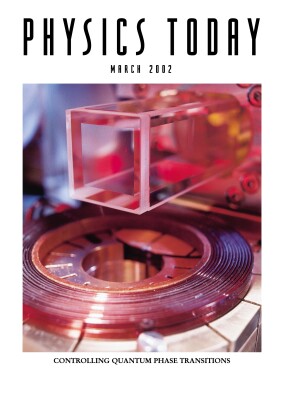Physics First, Because the Atom Unlocks Science
DOI: 10.1063/1.4796664
Lederman replies: The European system is better than our alphabetical system of biology, chemistry, and physics, but it is also mired in history and in the difficulty of change. The point was made by Richard Feynman, who pounded on the idea that the atom is key to 20th-century science. The learning of science involves exposure of students to phenomena, followed by explanation. Since 1930, the explanation of the periodic table or the ideal gas laws or the combination of elements to make compounds follows most beautifully from the properties of atoms. One doesn’t need Schrödinger’s equation to get a feeling for how atomic structure creates the rows in the periodic table, or the chemical activity of the columns, or the potential energy “well” that enables two atoms to make a molecule.
So the atom is the key to explaining much of chemistry. Study of physics concepts and methodology requires a full year, culminating in atomic structure. Imaging and simulation software can help to provide the overjoyed chemistry teacher with students who are comfortable with the physics of atoms.
More about the Authors
Leon Lederman. (lederman@fnal.gov) Illinois Mathematics and Science Academy, Aurora, US .
